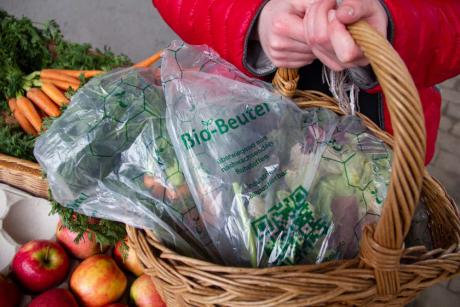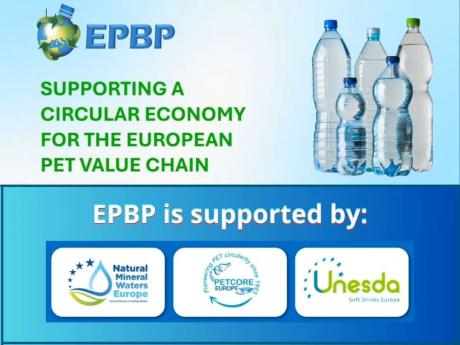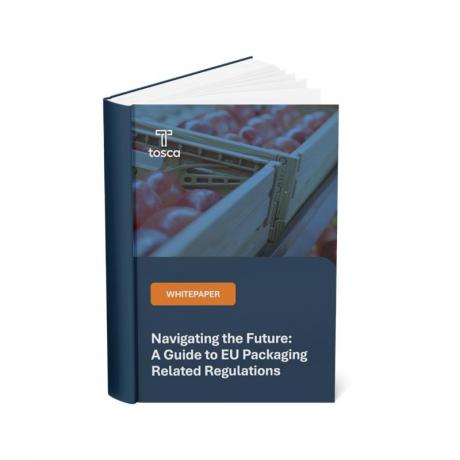Not only the Proposal for a Regulation revising the Packaging Directive (92/64/EC), but also the Intergovernmental Negotiating Commission on Plastic Pollution is pushing for the re-use of plastic packaging and less recycling. The international events of the last few days, which culminated in the re-launch of the proposal for a document to sanction the fight against single-use plastics at global level, underline this trend. In Paris, the second session of the Unesco World Commission (29 May to 2 June) attempted to develop "an international legally binding instrument on plastic pollution".
The aim is to arrive at a legally binding instrument on plastics, i.e. a global treaty that can be applied to all countries in the world, to follow up on the historic resolution on the environment signed by the UN General Assembly in Kenya in March 2022.
In Paris, the Global Plastics Policy Centre of the University of Portsmouth in the UK presented a plan to eliminate single-use packaging, developed in collaboration with #Breakfreefromplastic - a global movement of more than 12,000 organisations for a future without plastic pollution - where there is no shortage of proposals to reverse the tide of single-use plastic: from identifying a truly ecological and new generation of packaging to the new role of Amazon (or any other delivery company) in the collection of used packaging. And already in Bergamo, Bezos' company is pursuing a project to eliminate plastic by replacing it in packaging with paper and cardboard. They are also thinking of creating an international logo to characterise the concept of reuse, which is completely different from that of recycling. However, the report's editors themselves point out that the road ahead is fraught with obstacles, noting that large multinationals such as McDonald's are already trying to slow down new European laws on packaging reuse.
Possible solutions include "large football stadiums turned into temporary sorting centres" and "plastic packaging on loan for use".
In 320 articles and documents, with more than 55 interviews with experts from around the world, the report "Making Reuse a Reality: A Systemic Approach to Addressing Single-Use Plastic Pollution" is that it is all very well to keep talking about recycling, but it is reuse that is the key to success in the fight against single-use plastic pollution. It is clear that a step-by-step approach is needed for this small, big revolution in moving from single-use to reuse of plastics. For example, a big focus is on consumers, involving them through a loaner plastic packaging: to be returned several times until the so-called 'break-even point' of sustainability is reached. In the meantime, however, the experts at the Global Plastics Policy Center say that the production of new plastics must be limited.
No mention in the document discussed in Paris of the need for the promotion of reuse/refill to be accompanied by clear scientific evidence of a better overall environmental impact than single-use/recycled packaging.
No mention of the risk of problems arising from a lack of attention to food and consumer safety, which are central elements of environmental and health policies.
No mention of the importance of considering the introduction of targets or other measures to incentivise reuse and refill systems only where there is clear evidence that it makes environmental, ecological, health and economic sense, taking into account the use of such systems in real life conditions and in relation to hygiene, health and food safety requirements and investment in sales and distribution infrastructure, collection and reprocessing.
Underestimates the effectiveness of a single circularity target that can be achieved through reuse or recycling, in order to maintain the complementarity between the two forms of prevention of packaging waste, while leaving it to Member States to define the dynamic balances according to their own performance and national context.









